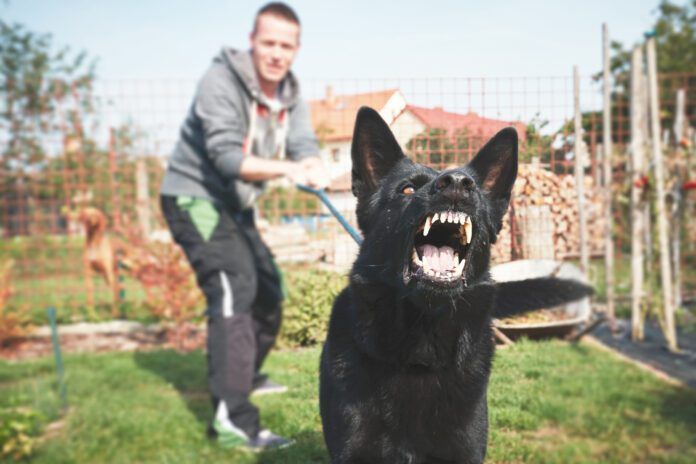We do know that aggression is caused by stress. With the very rare exception of idiopathic aggression – at one time called “rage syndrome,” “Cocker rage,” or “Springer rage” and grossly overdiagnosed in the 1960s and ’70s – aggression is the result of a stress load that pushes a dog over his bite threshold.
It’s often relatively easy to identify the immediate trigger for your dogs’ mutual aggression. It’s usually whatever happened just before the appearance of the hard stare, posturing, growls, and sometimes the actual fight.
When you have identified your dogs’ triggers, you can manage their environment to reduce trigger incidents and minimize outright conflict. This is critically important to a successful modification program. The more often the dogs fight, the more tension there is between them; the more practiced they become at the undesirable behaviors, the better they get at fighting and the harder it will be to make it go away. And this is to say nothing of the increased likelihood that sooner or later someone – dog or human – will be badly injured.
For more details and advice on aggressive dog behavior, purchase Whole Dog Journal’s ebook Modifying Dog Aggression.





